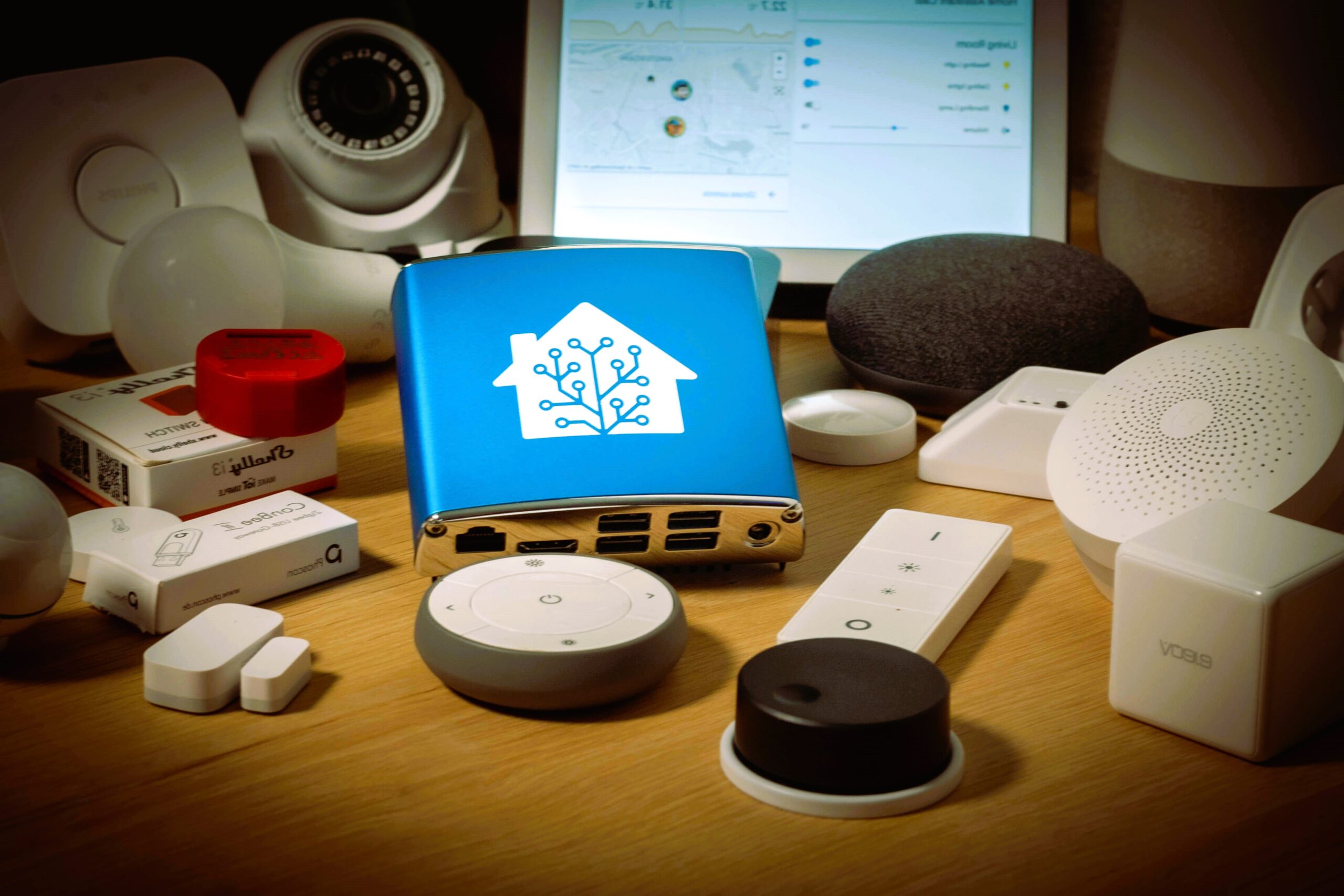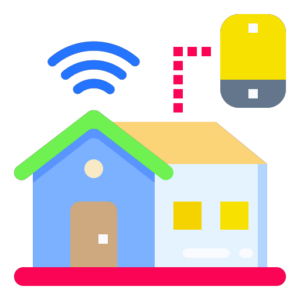In the ever-evolving landscape of smart home automation, enthusiasts and beginners alike often find themselves contemplating the transition to Home Assistant. Home Assistant, an open-source platform, offers a comprehensive and flexible solution for managing smart devices, but a common question arises: Is new hardware necessary for a successful transition? In this guide, we’ll explore the factors that influence the need for new hardware and provide insights into making a seamless shift to Home Assistant.
Understanding Home Assistant
Home Assistant is a robust and extensible open-source platform designed to centralize the management of smart devices within a home. Its versatility allows users to integrate a wide array of devices, ranging from smart lights and thermostats to security cameras and sensors. Home Assistant supports various communication protocols and is renowned for its user-friendly interface and extensive community support.
Factors Influencing the Need for New Hardware
- Device Compatibility: The primary consideration when transitioning to Home Assistant is the compatibility of your existing smart devices. Home Assistant supports a vast number of brands and protocols, including Zigbee, Z-Wave, Wi-Fi, and Bluetooth. Before making the transition, check the compatibility list on the Home Assistant website or community forums to ensure your devices are supported.
- Communication Protocols: Home Assistant’s flexibility allows it to communicate with devices using different protocols. If your current devices utilize common protocols like Wi-Fi or Zigbee, the transition may be smoother. However, if your devices rely on proprietary protocols, additional hardware like bridges or adapters may be required to ensure compatibility.
- DIY Devices and Sensors: Home Assistant caters to the DIY community, making it possible to integrate custom-built devices and sensors into your smart home ecosystem. If you have created your devices using platforms like Arduino or Raspberry Pi, Home Assistant offers extensive support for these, reducing the need for additional hardware.
- Cloud-Based Devices: Some smart devices heavily rely on cloud-based services for functionality. Before transitioning to Home Assistant, consider whether your devices can operate locally or if they require constant internet connectivity. Devices that support local control are generally more compatible with Home Assistant.
Seamless Transition Strategies

- Gradual Migration: Instead of overhauling your entire smart home setup at once, consider a gradual migration. Start by integrating a few devices into Home Assistant and expanding over time. This approach allows you to troubleshoot and ensure compatibility without disrupting your entire smart home ecosystem. Read our article about smart home applications: turning homes into smart havens.
- Use of Bridges and Adapters: For devices with proprietary protocols, bridges and adapters act as intermediaries to facilitate communication with Home Assistant. These additional pieces of hardware translate signals between the device and Home Assistant, ensuring compatibility.
- Leverage the Home Assistant Community: The Home Assistant community is a valuable resource for information and support. Engage with forums, user groups, and online communities to seek advice from those who have already transitioned. Community members often share their experiences, tips, and solutions for common challenges.
- Explore DIY Options: If you enjoy do-it-yourself projects, consider building custom devices or modifying existing ones to align with Home Assistant’s compatibility. Home Assistant’s flexibility allows for extensive customization, making it an ideal platform for those who enjoy tinkering with hardware.
International Standards and Home Automation
When it comes to home automation, international standards play a crucial role in ensuring interoperability and security. The International Organization for Standardization (ISO) addresses various aspects of smart home technology, from communication protocols to data privacy. Adhering to these standards promotes a more reliable and secure smart home ecosystem.
For more information on international standards related to home automation, you can refer to the ISO website.
Conclusion: A Smooth Transition to Home Assistant
In conclusion, transitioning to Home Assistant can be a seamless process with careful consideration of device compatibility and the use of additional hardware when needed. Whether you need new equipment depends largely on your existing smart home setup and the communication protocols of your devices. Leverage the wealth of information and support available within the Home Assistant community to navigate any challenges and make the most of this versatile open-source platform. Embrace the possibilities of a centralized and customizable smart home with Home Assistant, keeping in mind the importance of international standards for a robust and secure home automation experience.


